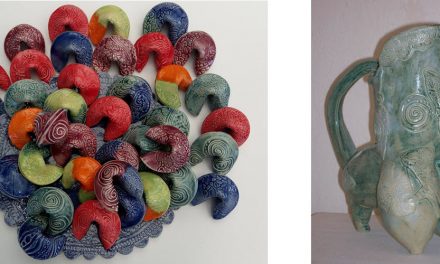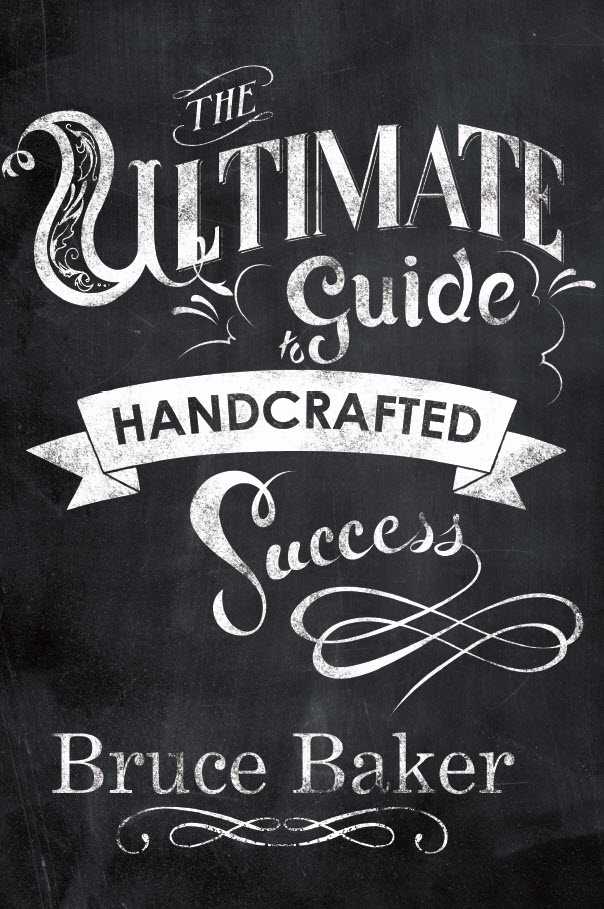Believe. That’s the advice of David Tishbi, one of the world’s premier handcrafted jewelry designers whose work has been featured in numerous style and glamour magazines, from InStyle to MAXIM to Los Angeles Confidential. “Believe in what you do, believe in yourself, and, most of all, believe in your product.” His dream began while he was working as a sales person for a jewelry company; there, he discovered that he had a talent for coming up with innovative new designs. “After a short while, I started making suggestions to them about new design ideas. It was fascinating to be able to create and have endless possibilities with the ideas that I had. Once I realized that people liked the designs I created, I decided that I can build a successful business around it.” So motivated was he that David decided to take a six-month vacation to plan his next steps, which included sourcing materials, arranging meetings with artisans, and creating a business plan, with a view to putting together his own collection.
“When I started out, I thought of this talent as a business and not a craft or hobby. I wanted to make a great product that was beautiful and unique and would appeal to as many people as possible.” Coming from a marketing and business background and going straight into designing jewelry inevitably involved a steep learning curve, but David immediately set about learning more about the production process, working closely with the artisans producing his designs at every step in the process. David reveals, “I sat with artisans, listened, and looked. I was able to learn firsthand by touching and feeling the product through each process. With my business background, it made it even more exciting. In order to be successful in the marketplace, I was determined to learn the entire process of production from every angle. Each time I start a new collection or new item, I learn something new. The learning process never ends.”
He soon devoted his efforts to designing jewelry full-time, developing bracelets, necklaces, pendants, rings, and earrings. The production process for each item of jewelry begins with a master mold, which is used for the casting process. The artisan uses cutters and other tools to cut, clean, and inspect the cast, and then they tumble, polish, and apply textures. From there, secondary materials, such as gold or set stones, are added. Some textures are made in the cast, and others are applied with special tools or machines. David’s jewelry is produced in Israel, and David travels there regularly throughout the year to oversee production and develop new ideas into designs.
Even in the early days of David’s business, working with others remained a key activity. “When I began, I realized that I could never do it alone. Since day one, I worked with people, even though they didn’t work for me. I used their services and knowledge. It was never a one-man operation. After three years, I asked my brother Daniel to join and help me. Most of the challenges came later. At first, we were growing gradually and simultaneously adding more people to the jobs that were needed. We hired assistants, marketing assistants, shipping staff, and sales people. At the beginning, we had a lot of trial and error [in managing] to implement new systems in order to support our growth.” Choosing the right people as his handcrafted jewelry business expanded was, and remains to this day, the biggest challenge for David. For anyone thinking of choosing someone to manufacture their craft designs, David advises, “Hire professional, knowledgeable, experienced craftsmen. Make sure that they understand your requirements and standards, they are consistent, and they pay attention to the finer details that make your product distinct and unique.”
David specializes in two-tone jewelry, which emphasizes the juxtaposition of gold and sterling silver and features a variety of genuine and simulated stones, including amethyst, topaz, garnet, diamond, pearl, moonstone, quartz, tourmaline, and more. The designs are produced in Los Angeles, where David is based with an office team of 10 employees. David says, “My inspirations come from things I am exposed to in my daily life and my world travels. I can say that there are times when I look at a texture or a pattern and I see how that can transfer into a beautiful piece of jewelry.”
For David, winning the 2009 JCK Jewelers Choice Award for best ring design was a pivotal moment in terms of getting his work noticed. The JCK Jewelers Choice Awards is an annual design competition where retailers vote on-line for their favorite designs in different jewelry categories. David’s award-winning ring design featured an oxidized silver leaf texture, with a 14k hammered gold edge and a thin gold spinner; David got the inspiration for it during one of his trips to Israel. David explains, “My work is a combination of old techniques and styles translated into a modern look. It has a hint of Israeli or Middle Eastern feel, but the Western influences of design are incorporated in it. It really brings East and West together. I was born and raised in Iran, and at the age of 15, my mother decided to move us to Israel. I guess this was a pivotal change that eventually, by fate, dictated where I am now. I have my mom to thank for that. I came to the states for a visit when I was 21, and I loved it. Then it became a dream of mine to move to the United States. While I was waiting for the right time to make the move, I saw an opportunity in starting my new jewelry business in the U.S. The idea of exposing my jewelry to the largest market was very exciting for me, and I could make my dream come true. The rest is history…”
Ten years of hard work paid off, and attending various trade shows, such as the San Francisco International Gift Fair or New York International Gift Fair, has been key to that success. Regarding booth displays to maximize sales of your craft products, David says that the most important aspects are “Making your designs inviting and visible, having knowledgeable and friendly staff, and keeping the product that you are selling visible and exciting to attract anyone walking by. Being at the trade and craft shows is an integral part of marketing your product and becoming visible in the market and being exposed to the entire industry, media, buyers, etc. Receiving feedback from your stores firsthand is key to further success.” In addition to selling his jewelry through his website, (which offers lifetime guarantees on his handcrafted jewelry products), David has teamed up with regional sales reps and showrooms throughout the United States. His jewelry is also featured in galleries, jewelry stores, and specialty boutiques, as well as private-label retailers and catalogs.
Besides these traditional methods of getting his work seen, David has been keen to develop the profile of his handcrafted jewelry via social networks as part of a strategic decision to market his jewelry to the Generation Y consumer. “We believe that, in order to be able to adapt to trends and new technologies, it’s beneficial to participate in these forums. We can see that, by participating in them, it has helped in getting the word out. We also participate in many blog forums and list ourselves on essential viral marketing sites.” Besides pages on Facebook and Twitter, David’s jewelry blog is published on WordPress, and it covers topics from jewelry history and birthstones to product giveaways and news. David enthuses, “WordPress, like many viral marketing sites, is a great place to get your latest news noticed. We receive a lot of requests from WordPress, and have followers. I believe it to be one of the leaders in viral marketing sites.





